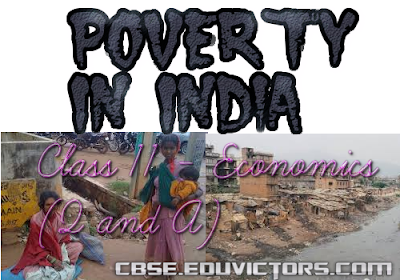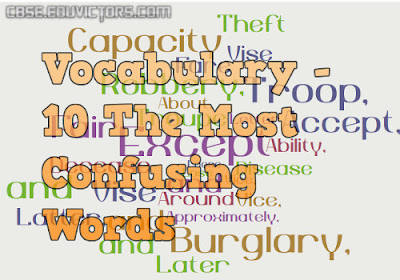PROBLEM OF POVERTY IN INDIA
(Q and A)
Class 11 - Economics
Q1: Why is calorie-based norm not adequate to identify the poor?
Answer: The calorie-based norm is not adequate to identify the poor because of the following reasons:
ⅰ This mechanism does not differentiate a very poor from other poor. It categorises them into one category that is, ‘poor’. Consequently, it indicates whole class of poor and not, especially, those poor who are the most needy.
ⅱ This mechanism uses inappropriate proxies for income like Monthly Per Capita Expenditure (MPCE), etc. These items do not act as suitable and appropriate proxies for income to measure calorie requirements.
ⅲ This mechanism does not consider various important factors that are associated with poverty. These factors are health care, clean drinking water, proper sanitation and basic education. Mere estimation of calorie intake does not reflect the true economic condition of an individual.
ⅳ Another shortcoming of calorie-based norm is that it fails to account for social factors that freedom, etc. exaggerate and worsen poverty like ill health, lack of access to resources, lack of civil and political
Therefore, because of these shortcomings in the calorie-based norm, it cannot be used to identify the poor.









